BLACK HOLEs

Hi, I’m Rachel, Astronomer at the Space Centre.
The year is 1915. The world – in particular, Europe – is struggling against the looming dark cloud of WWI. Meanwhile, scribbling away in the dimly lit, chalk-dusted offices of the University of Berlin was theoretical physicist Albert Einstein. On November 25, he published his paper, “The Field Equations of Gravitation”. Summarized concisely by physicist John Wheeler, the paper sparked the idea that “space-time tells matter how to move; matter tells space-time how to curve.” This marked the beginnings of the beautiful and geometric theory that is general relativity.
A few short months later, Karl Schwarzschild wrote to Einstein describing the first known solution to his field equations. His solution had a peculiar behaviour in that, for very compact, high-density stars, it becomes much harder for any object to escape the gravitational field of the star. Eventually, there comes a point where particles – even photons, particles of light – become gravitationally trapped. For this reason, early researchers studying these objects called them ‘frozen stars’. Today, we know them by the name coined by Wheeler in 1967 – black holes.
The first indirect detection of a ‘frozen star’ came in 1964, when astronomers uncovered one of the brightest X-ray sources in the night, located in the constellation Cygnus. The object was Cygnus X-1, the first candidate for a stellar-mass black hole, and the subject of a friendly wager between physicists Stephen Hawking and Kip Thorne in 1974 (with Hawking betting that it wasn’t a black hole; he conceded in 1990 after observational data seemed to indicate the presence of one).
Last year, over a century after Einstein’s groundbreaking paper, came the first image (direct detection) of a black hole. It was captured by the Event Horizon Telescope (EHT) – a planet-scale array of eight ground-based radio telescopes that synchronize their recorded data with atomic clocks, in order to precisely time their observations. I remember when the photo hit the front-page; I was one month away from completing my astrophysics degree, bubbling with excitement as I couldn’t wait to contribute my own chapter to the story of black holes.
And the story continues, with many authors around the world collaborating on this universal endeavour. In fact, just one month ago, a team of astronomers from the European Southern Observatory (ESO) and other institutes discovered the closest black hole to Earth, at just 1000 light-years away. As luck would have it, this black hole forms part of a triple system, with its two stars visible from the southern hemisphere by the naked eye.
I wonder what the next big headline will be in the history of these bizarre objects. Will it be, “FIRST IMAGE OF SAGITTARIUS A* CAPTURED”? Or perhaps, “BLACK HOLES AS DOORS TO WORMHOLES – CONFIRMED!” Who knows?! I, for one, can’t wait to find out.

M87*, the supermassive black hole located at the core of supergiant elliptical galaxy Messier 87, as depicted in the first image released by the Event Horizon Telescope collaboration on April 10, 2019.
Image credit: Image credit: Event Horizon Telescope Collaboration
Astronomer’s playlist
Time
Junior Astronomer Activities
5 mins
Get inspired by watching the Knowledge Network episodes about black holes – A Hole in the Wonder. You have to sign up and log in but it is worth it!
Ask yourself: What do you think it would be like to go inside a black hole?
5 mins
Watch this Guide to Black Hole Safety
Ask yourself: Now that you know more about the dangers of getting too close to a black hole, which of the dangers do you think would be the easiest to avoid?
5 mins
Watch this short video about black holes and find out what would happen to you if you went inside a black hole.
Ask yourself: What do you think you would see as you go into a black hole?
30 mins
Design your own black hole travel postcard. Check out some of the cards designed by NASA for inspiration.
Ask yourself: What is the most important feature about a black hole you would want to share in your postcard?
5 mins
Watch the video from NASA Goddard – 5 Things: Black Holes
Ask yourself: Do you need a refresher on gravity? Review our playlists on gravity [insert link to the gravity page]
2 hrs
Make and play the black hole explorer board game
Ask yourself: What questions do you still have about black holes? Have scientists found the answers to your questions yet?
Time
Senior Astronomer Activities (teens/adults)
5 mins
Get inspired by watching the Knowledge Network episodes about black holes – A Hole in the Wonder. You have to sign up and log in but it is worth it!
Ask yourself: What do you think it would be like to go inside a black hole?
15 mins
Read the article Shedding Light on Black Holes.
Ask yourself: Are there other things you’ve heard about black holes? How would you find out if they are true or not?
1 hour
Make your own model of a black hole.
Ask yourself: How does this model help you understand how astronomers use the motion of stars determine where black holes might be?
30 mins
Read about how astronomers captured the first image of a black hole.
Ask yourself: What would the international team of scientists need to consider while working on such a large, international project?
hours
Contribute to the science of black holes by helping astronomers locate and identify supermassive black holes with the Zooinverse project: Radio Galaxy Zoo: LOFAR
Ask yourself: What was your biggest surprise about analyzing the data?

